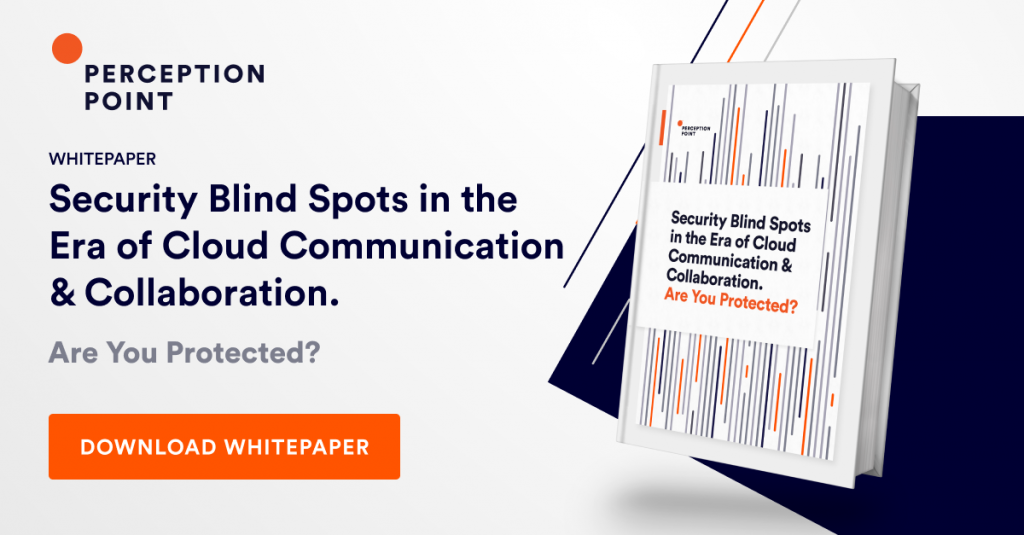Our previous posts have highlighted how cyber attacks are becoming more sophisticated. If you are running a company, you have even more reasons to try and protect it from these attacks. One way to ensure this is by working with managed security service providers.
Using a managed security service provider (MSSP) can assist a business in meeting its cybersecurity goals, but not all managed security services are created equal. There are various types of managed security services used to meet multiple needs—and one managed services model may be more valuable to one enterprise than another.
Here are a few descriptions of different managed security services and what they can do to help you identify the best types of managed security services for your needs:
Type 1: Managed Service Providers
Standard managed service providers (MSPs) manage a customer’s information technology (IT) system. It specifically focuses on addressing customers’ strategy, applications, and security needs from monitoring to continuous maintenance, administration, and support.
MSP can provide resources both remotely and on-site. They can also host infrastructure and assets in-house, at a third-party data center, or on a public cloud provider.
Type 2: Managed Security Service Providers
Managed security service provider (MSSP), according to AT&T Cybersecurity, is “an IT service provider that focuses on delivering outsourced cybersecurity monitoring and management services to organizations.” This functionality distinguishes an MSSP from an MSP.
MSPs vs MSSP
Standard MSP is responsible for servicing an organization’s entire IT environment. While MSSPs take on the specialized mission of meeting their customers’ security needs in an evolving threat landscape.
They can, however, work together.
MSPs and MSSPs have different missions, but organizations can use both simultaneously. The two can complement one another in a security incident, as in this real-world example from OSIbeyond.
When an MSSP security analyst detects a security threat, they generate an incident alert and develop a remediation plan. This data is then forwarded to the MSP, who carries out the remediation.
The MSSP creates a plan based on its cybersecurity expertise, and the MSP executes it. MSSPs and MSPs used in tandem work together in detecting digital threats and resolving infrastructure issues as soon as possible.
Type 3: Co-Managed IT Service Providers
A co-managed IT service provider is another type of managed service (Co-MIT). Unlike the previous categories, Co-MITs acknowledge that internal IT teams understand their company’s value-adds better than traditional MSPs can. They can then agree on goals, terms, and standards for their IT operations and fill the gaps on security wherever needed.
Type 4: Managed Detection & Response
The last type of MSP is the managed detection and response provider (MD&R or MDR). This type of MSP includes services that search for, identify, and alert current or incoming threats. MDR providers frequently rely on 24/7 monitoring features such as artificial intelligence and machine learning to detect security incidents. It also utilizes extended detection and response (XDR) technology to perform wide-range threat filtering.
XDR is a technology that gathers and automatically correlates data from multiple security layers. This technology encompasses email, endpoint, server, cloud workload, and network. Security analysis enables faster detection of threats, quicker investigation, and response times.
Excellent MDR services can incorporate extended detection and response (XDR) visibility from EDR software and network analysis and visibility tools, network traffic analysis, and security log data analysis.
Which is Best For You?
There’s no hard and fast rule in choosing the type of MSSP for you. The more you learn about them, the easier it will be to choose. Our prevention service here at Perception Point includes incident response support to augment and take some of the load off of your in-house SOC team. We are also here to supplement your existing security partners. Our holistic prevention solution, combined with your in-house SOC team and security partner, can provide the same capabilities as managed security service providers. Read more about how Perception Point compares with other providers here!
Here’s some related content you may enjoy: Cyberattacks Are Becoming More Sophisticated

























